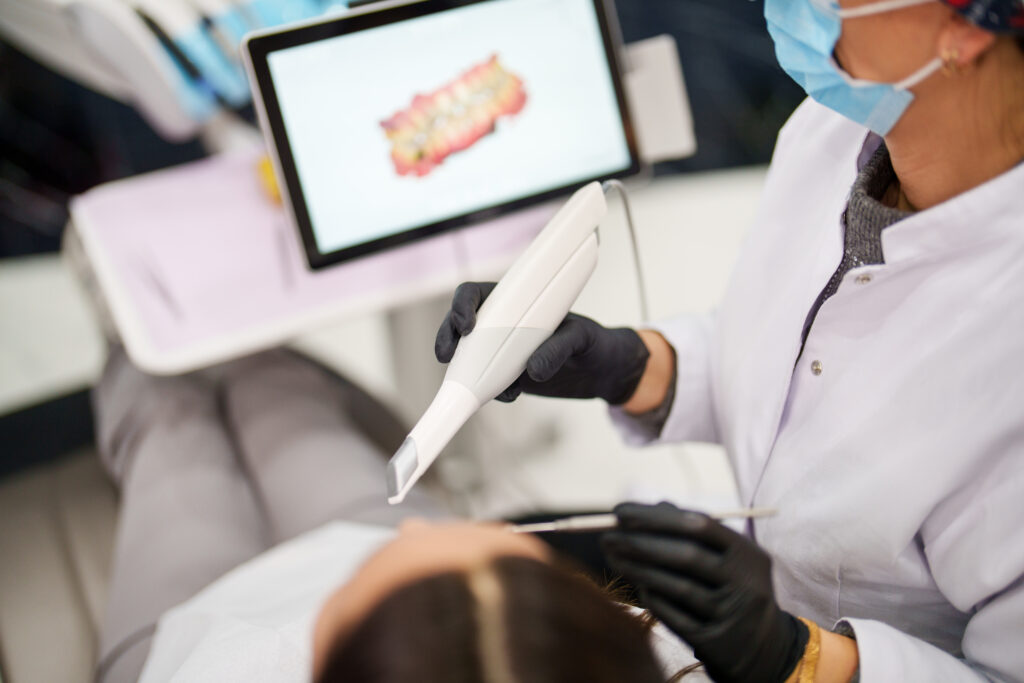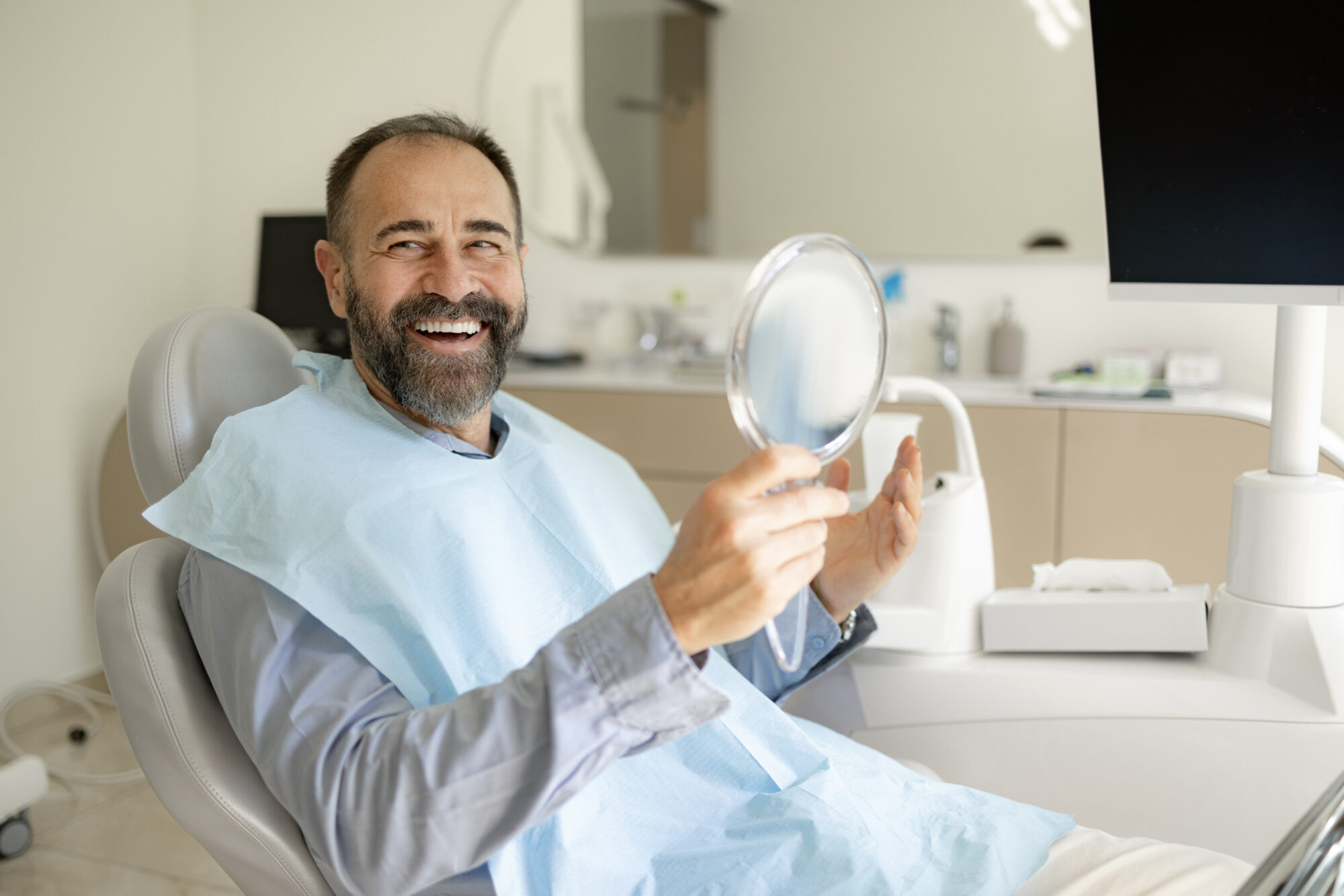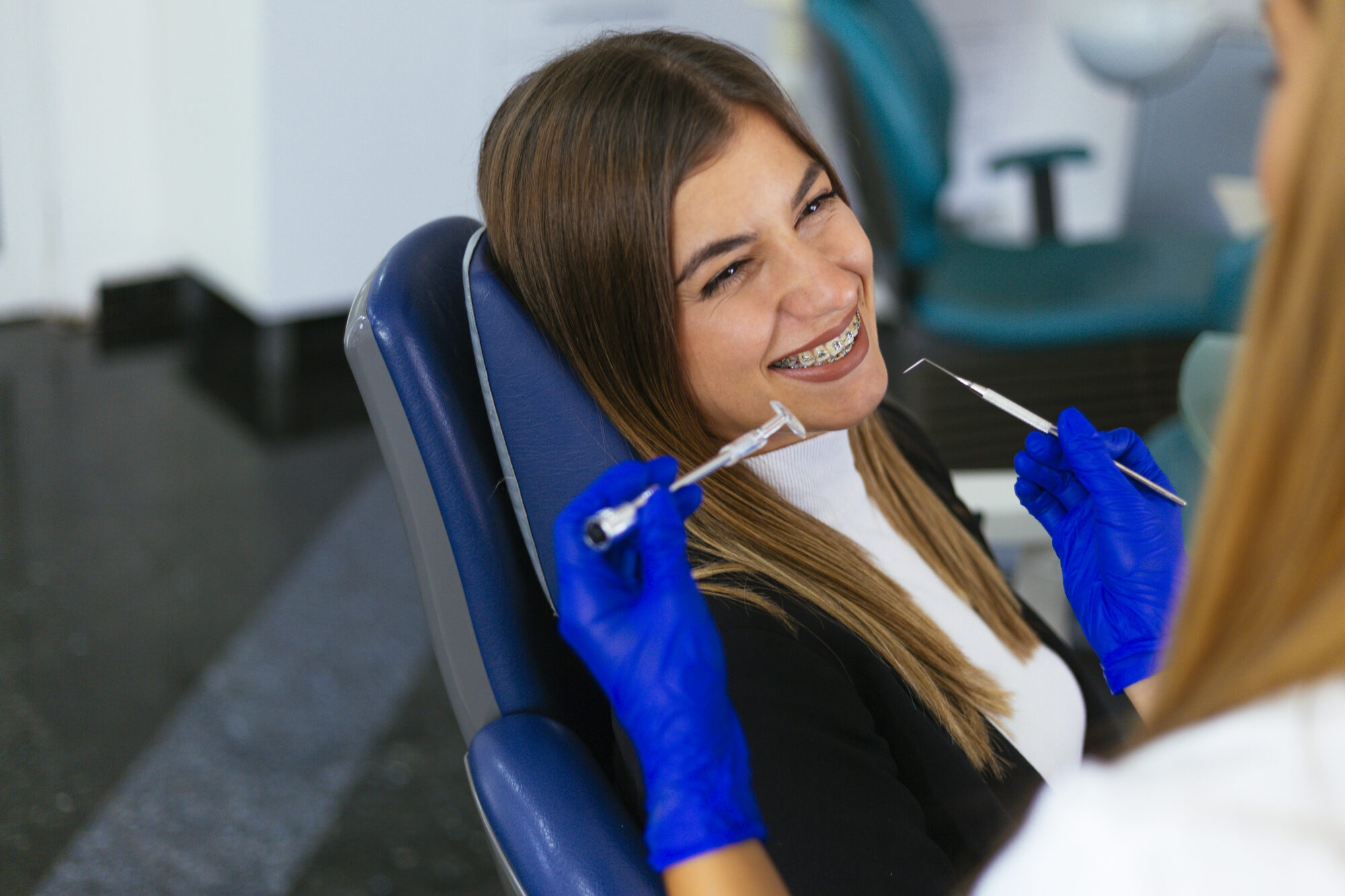A Comprehensive Exploration of Orthodontics’ Technological Frontier
In the realm of orthodontics, the winds of change are blowing, ushering in a new era characterized by digital innovation and transformative technologies. Gone are the days of conventional braces and messy impressions; in their place, we find a landscape shaped by digital imaging, computer-aided design, and artificial intelligence. As we embark on this digital odyssey, we delve deep into the heart of orthodontics’ technological frontier, uncovering the myriad advancements, benefits, and future possibilities that await.
The Evolution of Digital Orthodontics:
The journey towards digital orthodontics has been marked by a steady progression of technological breakthroughs, each one pushing the boundaries of what is possible in the field. At the core of this evolution are digital imaging technologies such as cone-beam computed tomography (CBCT) and intraoral scanners, which have revolutionized the way orthodontists capture, analyze, and visualize dental anatomy.
CBCT, with its ability to provide high-resolution, three-dimensional images of the craniofacial complex, has become an indispensable tool in orthodontic diagnosis and treatment planning. By offering unparalleled insights into dental and skeletal relationships, CBCT enables orthodontists to identify anatomical anomalies, assess airway dimensions, and anticipate treatment challenges with unprecedented accuracy.
Intraoral scanners, on the other hand, have transformed the process of capturing dental impressions, replacing messy alginate trays with digital precision. These handheld devices use optical scanning technology to create highly detailed 3D models of the teeth and surrounding tissues, offering a fast, comfortable, and non-invasive alternative to traditional impressions.
But perhaps the most revolutionary aspect of digital orthodontics lies in its ability to integrate these imaging technologies with computer-aided design/computer-aided manufacturing (CAD/CAM) systems, paving the way for custom orthodontic appliances that are tailored to each patient’s unique anatomy and treatment goals.
Benefits of Digital Orthodontics:
The transition to digital orthodontics brings with it a host of benefits for both patients and practitioners alike. For orthodontists, digital technologies streamline treatment workflows, enhance diagnostic capabilities, and improve practice efficiency. Digital imaging allows for more accurate diagnosis and treatment planning, while CAD/CAM systems enable the fabrication of custom orthodontic appliances with unparalleled precision.
Moreover, digital orthodontics empowers patients to take a more active role in their treatment journey. Clear aligner therapy, for example, offers a discreet and convenient alternative to traditional braces, allowing patients to achieve a straighter smile without the hassle of metal wires and brackets. Intraoral scanners provide a more comfortable and patient-friendly alternative to traditional impressions, eliminating the need for gag-inducing trays and messy materials
From a clinical perspective, digital orthodontics offers greater predictability and control over treatment outcomes. By leveraging virtual treatment simulations and predictive modeling algorithms, orthodontists can anticipate tooth movement, evaluate occlusal changes, and optimize treatment protocols with unprecedented precision. This not only reduces the need for manual adjustments but also minimizes the risk of relapse and ensures long-term stability.
The Future of Digital Orthodontics:
As we look to the future, the horizon of digital orthodontics stretches ever onward, brimming with promise and possibility. Emerging technologies such as 3D printing, artificial intelligence, and augmented reality are poised to revolutionize every aspect of the orthodontic experience, from diagnosis and treatment planning to patient education and beyond.
3D printing, in particular, holds immense potential for the fabrication of orthodontic appliances, allowing for the rapid prototyping of custom aligners, retainers, and orthognathic surgical guides. By harnessing the power of AI-driven algorithms and machine learning models, orthodontists can analyze vast amounts of patient data, identify treatment patterns, and personalize treatment plans with unprecedented accuracy and efficiency.
Furthermore, the integration of digital technologies with teleorthodontics and remote monitoring platforms enables orthodontists to deliver comprehensive care beyond the confines of the traditional dental office. Through secure online portals and mobile applications, patients can communicate with their orthodontists, submit digital photos, and receive real-time feedback on treatment progress, enhancing convenience, accessibility, and patient engagement.

At Noble Orthodontics, we have the virtual care technology from Align, which enables orthodontists to remotely monitor patient progress throughout their Invisalign® treatment journey. Through the Invisalign® Doctor Site, orthodontists can access digital treatment plans, track patient compliance, and communicate with patients via secure messaging, facilitating ongoing care and support.
Align Technology’s remote monitoring capabilities leverage advanced AI algorithms to analyze patient data and identify any deviations from the treatment plan, enabling orthodontists to intervene proactively and adjust treatment as needed. This not only enhances patient safety and satisfaction but also optimizes treatment outcomes and practice efficiency.
Virtual care from Align Technology represents a transformative approach to orthodontic treatment delivery, leveraging digital technologies and telecommunication platforms to enhance patient engagement, improve treatment efficiency, and deliver personalized care. By embracing virtual care solutions, orthodontists can elevate the standard of care, expand access to orthodontic treatment, and empower patients to achieve healthier, more beautiful smiles.
In conclusion, the digital future of orthodontics holds immense promise for both patients and practitioners, ushering in an era of unprecedented precision, efficiency, and patient satisfaction. With digital imaging technologies, CAD/CAM systems, and AI-driven analytics at their disposal, orthodontists can elevate the standard of care, optimize treatment outcomes, and deliver personalized treatment plans tailored to each patient’s unique needs and goals. As we embrace these transformative technologies and embark on this digital odyssey together, we move towards a future where every smile reflects the perfect harmony of art and science, where orthodontic care is not just about straightening teeth but about enhancing lives and empowering individuals to smile with confidence.
Schedule a free consultation with the Noble Orthodontics team today to see what the future has in store for your smile.




